Basic Grammar for Designers: Must and Mustn’t in Design.
Basic Grammar for Designers: Must and Mustn’t in Design. The set of thoughts from Tubik Studio about everyday issues of designer's routine: some musts and mustn'ts for designers based on actual studio experience.
There are a lot of tips what designers can do and what they should avoid doing to become successful. Most of them are reasoned and really helpful, especially for beginners in the sphere. And today we have decided to enlarge this great global collection with our set of thoughts, which are separated along basic modal verbs of English – “must” and “mustn’t”. All the points mentioned below are taken from our studio experience and we have had a really great lesson of basic English grammar, discussing all those positions together.
So, let’s get started!
Designers must:
- Learn constantly
There is no point on the way where being a designer you can stop learning. Sure, if you work on several projects at the same time, it’s hard to find the time for reading professional books or blogs. However, finding this time is vital for your success, otherwise you risk losing the essence and fundamentals.

- Follow the trends
There are loads of ways how to keep yourself up to date about the latest and freshest trends. Following blogs and social accounts of well-known and prospective design studios, exploring established design platforms like Dribbble and Behance, watching speeches by famous designers and presentations of new products in the field, communicating with other designers at various events – all of these steps can be extremely helpful in keeping your professional horizons as broad as possible.
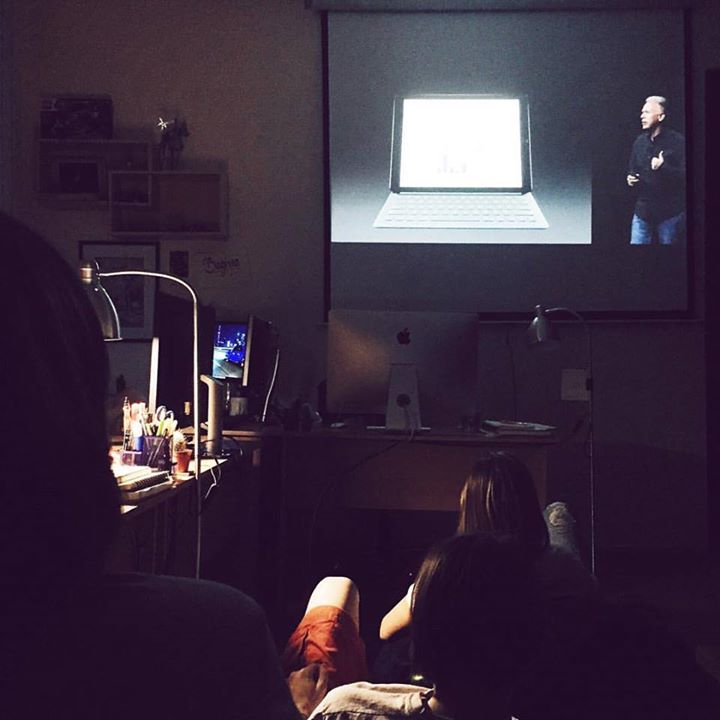
- Try new tools
It doesn’t mean that all the professional tools, soft and applications you are going to try will be useful and helpful. Moreover, it doesn’t mean that they are going to be better than the earlier ones. However, in most cases they will provide something new enabling you to obtain new solutions, to save your time, to create new features. The more tools you try, the higher is the chance to find those which are perfect for you and your project needs.
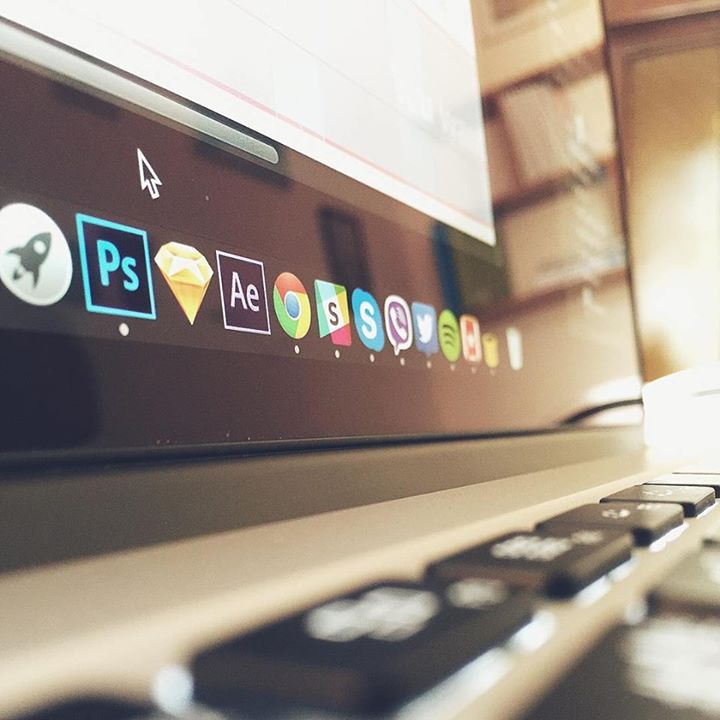
- Communicate with colleagues
Communication with colleagues can be both real and virtual. In both cases, it matters for your professional recognition. Don’t forget that design, as well as business, is always done by people. Socializing with colleagues can end up being involved in interesting projects, recommended to potential customers, or invited to speak in front of other designers. The basic aim of communication is the exchange of information and this information can be strategic for your professional growth.

- Present and share
As we have already mentioned in our tips for beginning designers, sharing and presentation is the way to get not only recognition but also feedback which opens a new vision of your own work. It is a well-known fact that being objective and fair about your own project is quite hard, so presentation and discussion of your work with others can be very helpful. Moreover, sharing your designs on design platforms like Dribbble and Behance, your thoughts in blogs and your professional life and routine on social accounts attract your potential customers and bring home the bacon.
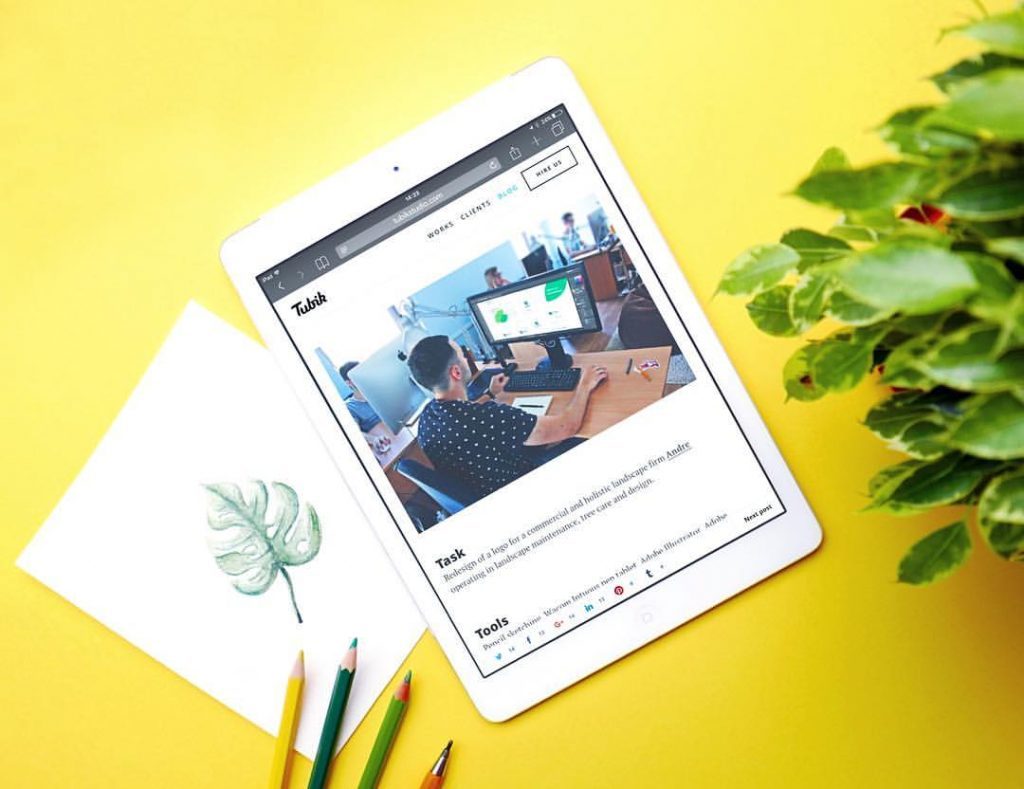
- Use technologies they design for
Designer should know what is the path of a user when he uses this or that technology. When you design the application not knowing how to use a smartphone and how it differs from using a tablet, the chances to create a viable product are really low. Updating the soft and operation system of your devices plays the same important role. Creating something for users, you should be a user yourself.
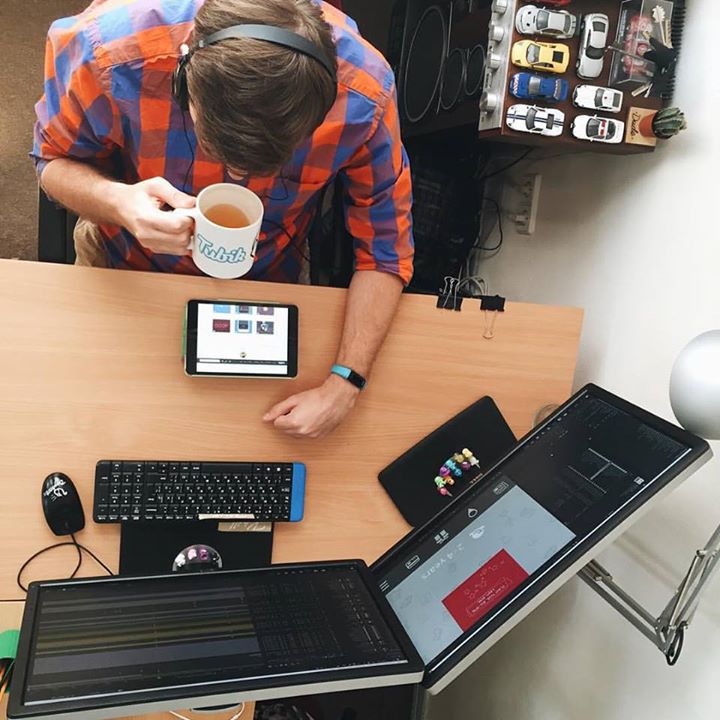
- Use social networks
This point combines several aims mentioned above. Using social networks not just for private, but in professional aspects gives you three important benefits: you understand how it works from user’s view and can apply this knowledge in your job; you can get a lot of information on how other designers work and communicate with them in the fast and unobtrusive way, and you can present yourself and your professional abilities on the established and promoted platform with a great number of users.
- Keep themselves fit and healthy
This actually doesn’t look like a professional tip. However, your health and fitness are the basis of your success. Putting it aside, to ‘better times’, you risk losing your ability to work and that is the thing to be remembered, always. Give your eyes the break, walk around, stretch your back muscles, eat clean and find your own enjoyable way to exercise, let it be swimming, running, or anything else. It may sound “out-of-business”, but your business totally depends on it.

- Listen to their customers
If you want to make design a business giving you money, you should study how to satisfy customers’ needs and sell your service. So, always listen to your customer, and ask loads of questions if needed. Get into details, feel their pain, understand their targets – and they will later give you not only money but also promotion, which is even more important.

- Test as much as possible
Experts in usability say that it’s impossible to be fully objective about the project you work on, especially if it’s long term. Moreover, you are not a magician turning into anyone who will use your product to understand the best way of doing anything. Therefore, creating the idea is hot enough. You should test it to grab the real practical data and improve your product.
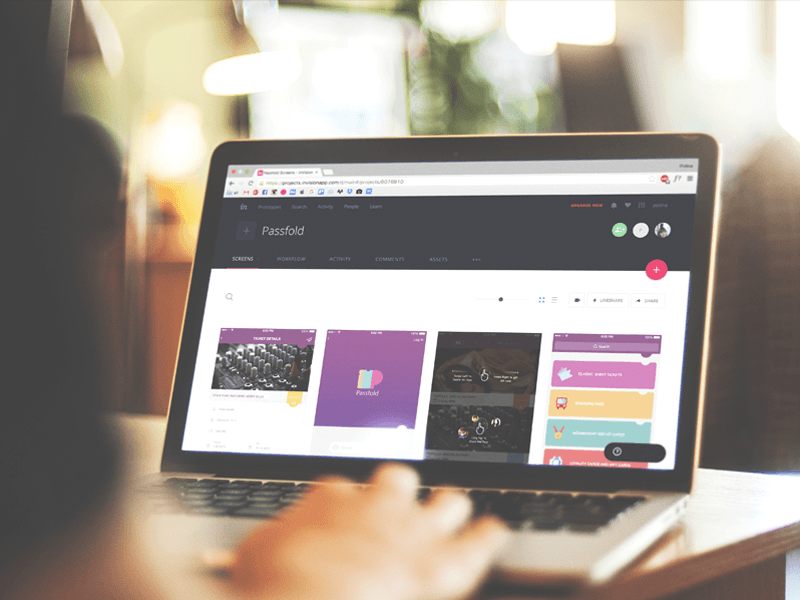
- Present themselves as personalities
Presenting your professional achievements in the global design community is significant on the way to recognition. But if you want to make the process even more efficient, give your work the personality. Let people know, who you are, show them how you work, share your opinions, instagram some routine. Support your skills with your personality to make them both more powerful.

- Organize their day
If you want to make design your business rather than your hobby, organization and time management are vital. Otherwise, you will not be able to provide the customer with an efficient workflow and get lost in tasks. Set the regime, split the tasks into smaller steps with their own due dates, and don’t neglect the to-do lists. It can make you surprised with the amount of job you are able to do when your day is properly organized.
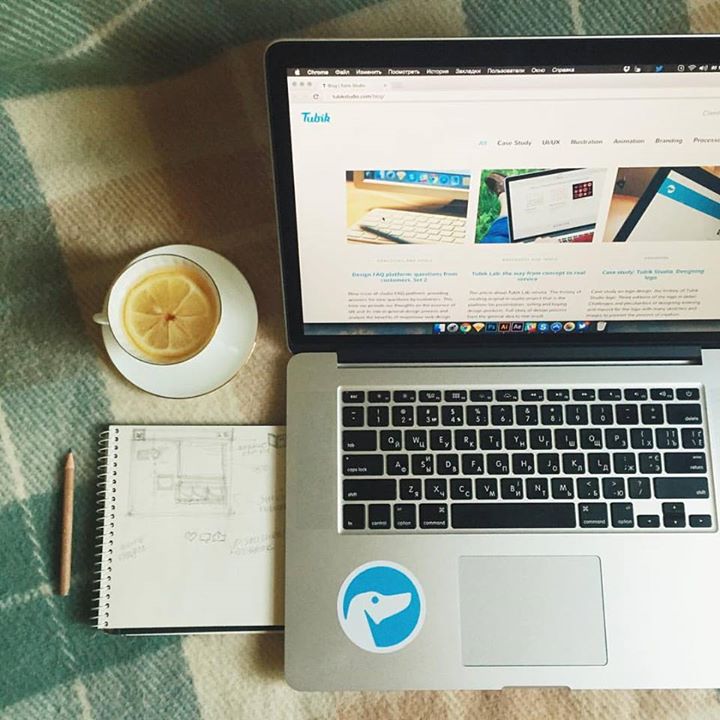
Designers mustn’t
- Look down at their customers
Sure, in most cases you know more or the hell much more than your customer. However, it doesn’t make you enlightened and doesn’t give you the right to be rude and arrogant. Your task is to understand and help rather than to humiliate and self-express.
- Stop learning
The day you think that you are the super expert and there is nothing new for you anymore is halfway to the death of your designer career. Self-education should never stop, especially in such dynamic fields as web and app design.
- Ignore users’ needs
Designer should always remember that in most cases neither they nor their customers are the deciding voice. The users of the final product are. Therefore, ignoring their needs is going to give a product that may be awesome and highly artistic but absolutely non-viable.
- Say direct “no” to the customer
Certainly, that doesn’t mean that the customer is always right. If all the customers knew how to create their designs, they would do it themselves and designers would get extinct. But in our world and our days, your customers are people who are asking for your help, and what is really important they do it not for free. So, when you do not agree with the customer’s solution or you see the better ways of solving the problem, get into the issue, ask about all the details of this wish and then offer your vision in a solid but polite way, reasoning every step of your solution to the problem.
- Avoid communication
Communication is used here globally. Obviously, when you are deep into a particular project and, let’s say, work out the complex screens, you won’t be happy to get distracted just to feel that feeling of communication. Communication here means being ready to brainstorm and delegate the parts of the tasks in a wise and open way when it’s needed for the team or project’s sake. Also, it happens that designers avoid communication with customers preferring just to get the task and accomplish it how they see it right. This way can lead the designer of spending a long time accomplishing the project which is absolutely different from what the customer wants and then cause long and hard hours of frustration while redesigning.
- Start the project without research
Starting the project without preliminary research can also cost you wasted time and effort. Without investigation and exploration, you will not be aware of the situation on the market, the needs, and wishes of your target audience, strong and weak sides of the competition, so the risk to create something not original or not appropriate is much higher.
- Forget about coding and development
One more thing to bear in mind is that the product designer creates is going to be coded in the next stage. Sure, most designers want to see their products alive, working, and presenting their bright skills, and if you are one of them give out the result which will be not only visual but also supported with the materials, helping developers to breathe the life into it.
- Ignore competition
The ever-time truth of martial art is that to be prepared you should know your enemy by sight. Certainly, design is not the war field, but this law still works. And the most important benefit of exploring the competition is not to reveal or define the enemies, but to understand what is already going on in the market and analyze how to make your product stand out from the crowd of the like.
- Forget about deadlines
If design is your hobby or you do it just for pure art, you can ignore any kind of deadlines and time restrictions. But if you want to make design your business, you should be ready to stick to deadlines and study how to manage your time. Otherwise, you risk losing the projects and perspectives just because of breaking deadlines.
- Wait for the muse
Creative people often say that they cannot work without the necessary inspiration. They are just waiting for the muse which will help them to find the best solution. Like it or hate it, but muse which doesn’t arrive on time is not a reasonable explanation for broken deadlines or inappropriate results. Therefore, if you want to have a serious name and get respected by your clients, if you want to have a constant flow of projects and earn more and more, find the ways to call your muse when you need it, not waiting when it wants to come. By the way, the process of research and sketching for the project is one of the great ways. Appetite comes with eating, the muse comes with working.
Useful Articles
Creative Jobs: What Graphic Designers Do?
Seven Simple Tips for a Beginner in Web and App Design
Design Workstyle: Freelance vs Teamwork
Design Career: How to Get a Dream Design Job
Time Management for Creative People
How User Experience Designers Bring Value to the World
Originally written for Tubik Blog
- English
- Ukrainian



